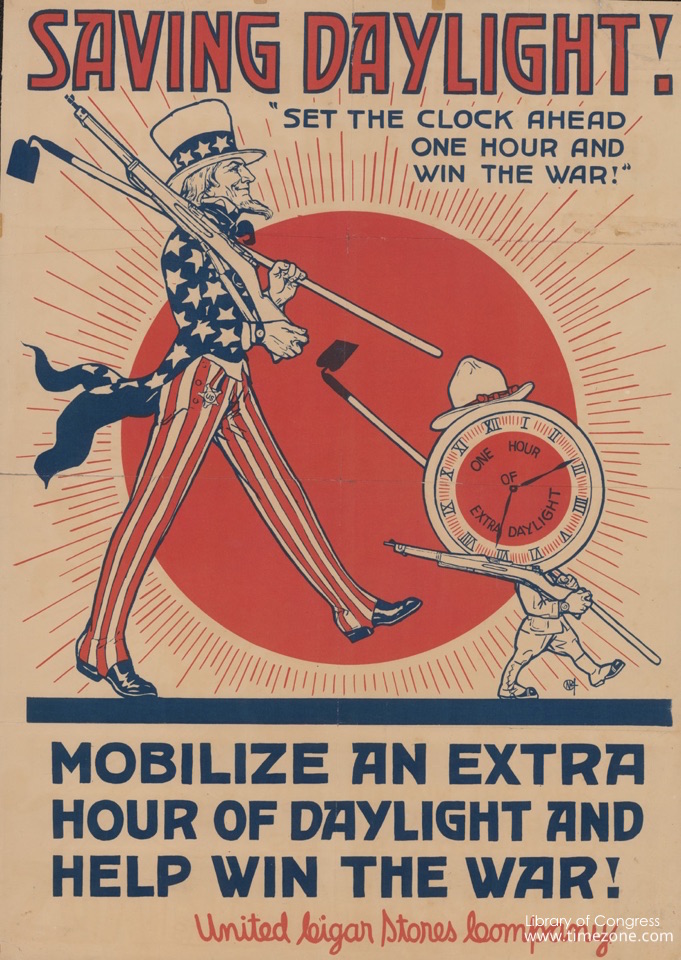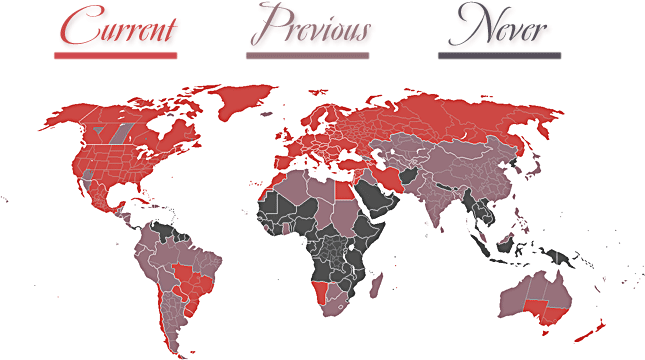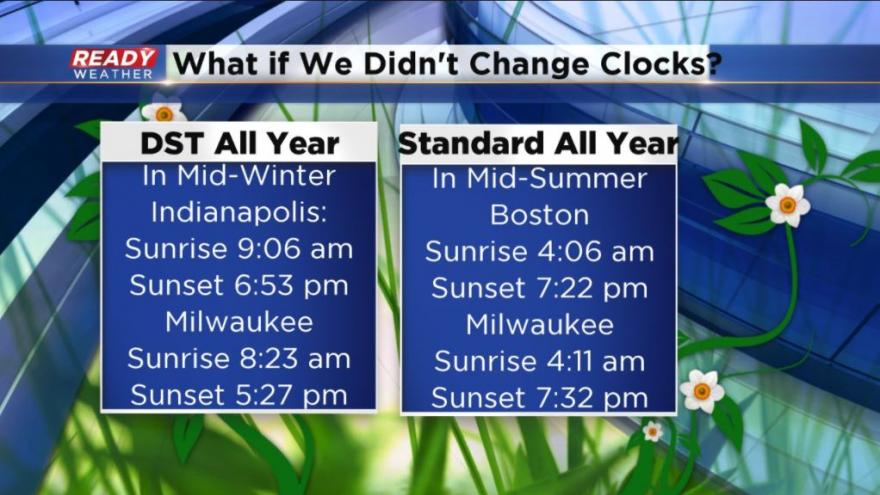
And in the blink of an eye, winter is over — at least when it comes to the clocks. On March 8, 2020, most Americans will "spring forward" by moving their clocks an hour ahead. Though the start of Daylight Saving Time (DST) means sacrificing sixty minutes of precious sleep or playtime on Sunday, it provides for longer spring and summer days.
Benjamin Franklin was the first to suggest clock manipulation as a way to save candles in a 1784 letter to the editor of the Journal of Paris. While the American inventor was not serious, New Zealand entomologist George Hudson's unsuccessful plea in 1895 to move back the time by two hours, to provide more daylight to study insects, was heartfelt. British resident William Willett's 1907 proposal to change the clocks to save energy fell on deaf ears as well.
Germany was the first to adopt DST in 1916. The officials believed the extra daylight hour would help save precious fuel, which was needed to produce weapons and bombs during World War I. Soon after, Britain and America also adopted the custom as well. However, the ritual proved unpopular, especially with American dairy farmers, forcing US lawmakers to stop the clock manipulation once the war ended. President Franklin Roosevelt's "War Time" bill reinstated DST during World War II in 1942. Though the law was revoked four weeks after the war ended on September 2, 1945, cities and towns were allowed to continue the tradition and even select their own DST start and stop dates.

The lack of consistency resulted in what Time Magazine referred to as "a chaos of clocks" in 1963. The state of Iowa alone boasted 23 different pairs of DST start and end dates, while commuters on the 35-mile trek between Steubenville, Ohio, and Moundsville, West Virginia, passed through seven time zones during their 40-minute journey. The varying time zones resulted in widespread confusion and was particularly disruptive for the transport and broadcast industry.
The Uniform Time Act of 1966 resolved the issue by setting specific start and end dates to be followed countrywide. The law stipulated that DST should begin on the last Sunday in April and end on the final Sunday of October. However, since the legislation was not binding, Hawaii, the US territories –American Samoa, Guam, Puerto Rico, Northern Mariana Islands, and the US Virgin Islands – and most cities in Arizona decided to opt-out and maintain standard time all year.

In 1986, President Ronald Reagan brought forward the "spring forward" start date by three weeks to the first Sunday in April. Nineteen years later, in 2005, President George W. Bush moved up the "spring forward" date further to the second Sunday in March and extended the "fall back" date by a week — from the last Sunday in October to the first Sunday in November.
Though DST has been a fixture on the American calendar for over 50 years, many residents still do not like the idea of changing the clocks. They believe DST causes sleep deprivation, leading to a loss in productivity and more traffic and workplace accidents. The hour change has also been linked to health issues. A 2012 study by Christopher Barnes, an associate professor at the University of Alabama at Birmingham, revealed a 10 percent increase in heart attacks in the two days following the start of DST. More recently, Finland's Dr. Jori Ruuskanen found that the overall number of strokes increased by 8 percent during that period.

However, businesses, like golf courses, retailers, and restaurants, are opposed to the idea of abolishing DST. They assert that the longer evenings encourage consumers to leave their homes and spend money at their establishments. Their sentiment appears to be shared by US lawmakers, who have rejected several petitions to get rid of DST over the past five years.
Experts say waking up an hour or two earlier on the Friday and Saturday before DST begins is the best way to adjust both body and mind to the change. Also, if possible, bask in the sun for a few hours on March 8 to allow your body to get accustomed to the longer days that will follow. And going to bed an hour earlier on Saturday night will not hurt, either! But before you rush to grab the extra ZZZs, be sure to change your clocks!
